Home>Furniture & Design>Bathroom Accessories>Why Is My Plunger Not Suctioning
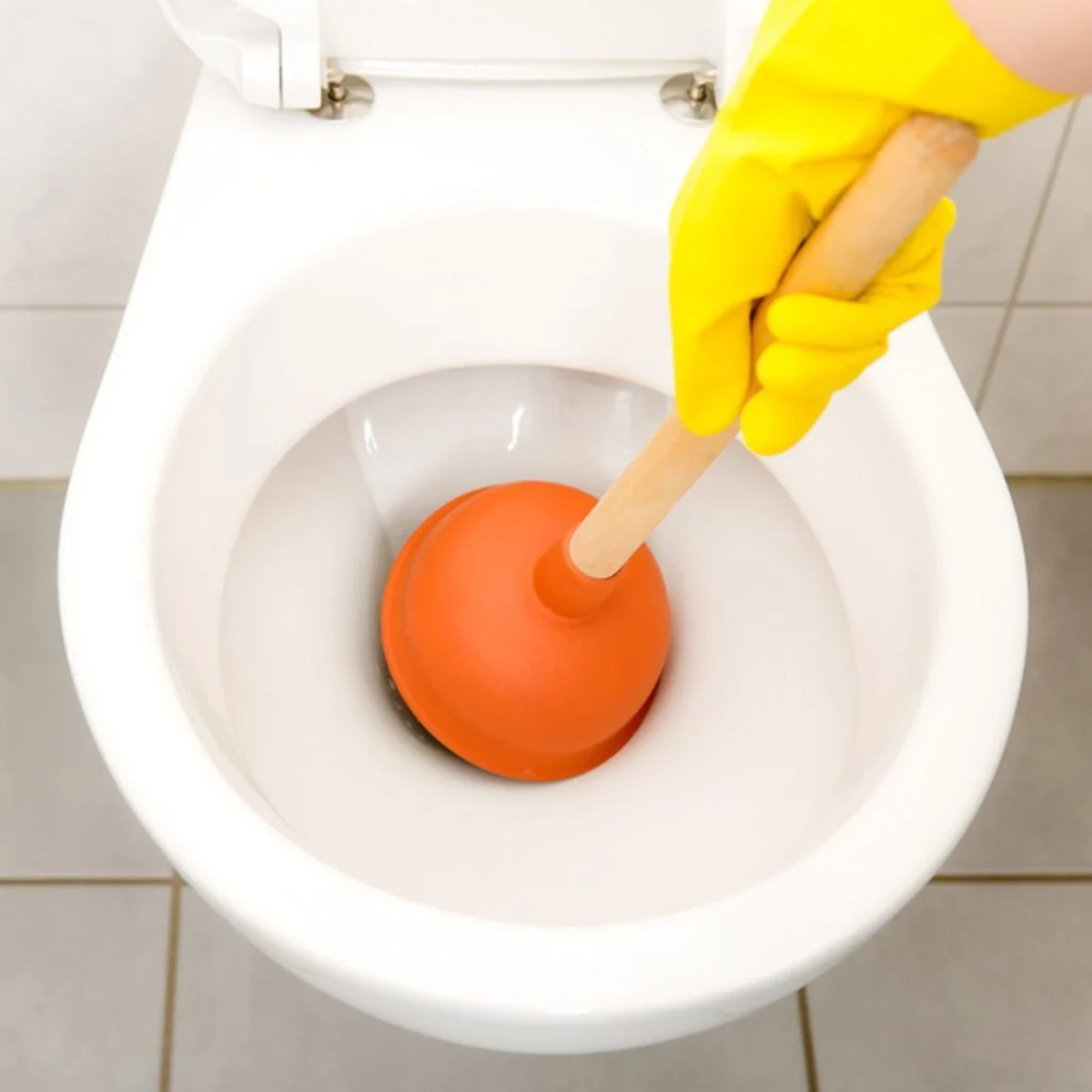

Bathroom Accessories
Why Is My Plunger Not Suctioning
Modified: October 19, 2024
Discover common reasons why your plunger may not be creating a proper seal in your bathroom. Learn how to troubleshoot and fix this issue with the right bathroom accessories.
(Many of the links in this article redirect to a specific reviewed product. Your purchase of these products through affiliate links helps to generate commission for Storables.com, at no extra cost. Learn more)
Introduction
A plunger is a simple yet indispensable tool for dealing with clogged drains and toilets. However, have you ever found yourself in a situation where your plunger just won't suction properly? It can be frustrating and perplexing, especially when you're in dire need of its assistance. Fear not, as this article will delve into the common reasons why your plunger may not be suctioning as expected and provide practical solutions to address this issue.
When a plunger fails to create a proper seal and suction, it can hinder your efforts to unclog a drain or toilet effectively. Understanding the underlying causes of this problem is crucial for resolving it and ensuring that your plunger functions optimally when you need it the most.
In the following sections, we will explore the potential reasons behind a plunger's lack of suction and offer step-by-step guidance on how to rectify this issue. By the end of this article, you will be equipped with the knowledge and techniques to troubleshoot and resolve the suctioning problem with your plunger. Let's dive into the common culprits behind a malfunctioning plunger and discover the solutions to restore its suctioning prowess.
Key Takeaways:
- Choose the right plunger for the job – a flange plunger for toilets and a cup plunger for sinks. Ensure a secure seal, clean rubber components, and apply firm pressure for effective suctioning.
- Maintain your plunger for long-lasting effectiveness. Regular cleaning, inspecting rubber parts, proper storage, and gentle usage can extend its lifespan and keep your plumbing running smoothly.
Read more: What Is A Plunger For
Common Reasons for Plunger Not Suctioning
-
Incorrect Plunger Type: Using the wrong type of plunger for the task at hand is a common reason for ineffective suction. A cup plunger, typically used for sinks and flat surfaces, may not provide sufficient suction for a toilet or a curved drain due to its design. Conversely, a flange plunger, specifically designed for toilets, features an extended rubber flap that creates a better seal in curved drains, making it more effective for this purpose.
-
Improper Seal: If the plunger's rubber cup or flange is damaged, hardened, or improperly positioned, it may fail to create a tight seal against the drain opening. Without a secure seal, the plunger cannot generate the necessary suction to dislodge the clog. Inspect the rubber components for any signs of wear and tear, and ensure they are clean and free from debris before use.
-
Air Leakage: Air leakage around the plunger cup or flange can compromise suction. This often occurs when the plunger is not pressed firmly against the drain opening, allowing air to escape and preventing the creation of a vacuum. It's essential to apply steady pressure and ensure full coverage of the drain to eliminate any potential air leaks.
-
Blockage or Obstruction: A plunger may struggle to suction if there is a significant obstruction in the drain, such as a large object or hardened debris. In such cases, the plunger's suction force may not be sufficient to dislodge the blockage. Clearing the drain of any visible obstructions before using the plunger can help improve its suctioning capability.
-
Inadequate Water Level: When unclogging a toilet, the water level in the bowl plays a crucial role in creating a seal and facilitating suction. If the water level is too low, the plunger may not be able to generate the necessary force to dislodge the clog effectively. Adding more water to the bowl before plunging can help create a better seal and improve suction.
Understanding these common reasons for a plunger's lack of suction is the first step toward resolving the issue. By identifying the specific cause, you can take targeted actions to restore your plunger's suctioning ability and tackle clogs with confidence.
How to Fix a Plunger That Is Not Suctioning
When faced with a plunger that is not suctioning effectively, it's essential to address the underlying issues to restore its functionality. Here's a step-by-step guide on how to fix a plunger that is not suctioning:
-
Choose the Right Plunger: Ensure you are using the appropriate plunger for the task at hand. For toilets, opt for a flange plunger designed to create a better seal in curved drains, while a cup plunger is suitable for sinks and flat surfaces.
-
Inspect the Plunger: Thoroughly examine the plunger's rubber cup or flange for any signs of damage, wear, or hardening. If the rubber components are compromised, consider replacing the plunger or the damaged parts to restore its suctioning capability.
-
Clean and Position the Plunger: Before use, ensure that the rubber cup or flange is clean and free from debris. Position the plunger over the drain opening, ensuring a secure and centered placement to create an effective seal.
-
Apply Firm Pressure: Press the plunger firmly against the drain opening to eliminate any potential air leakage and create a vacuum. Apply steady and vigorous plunging motions to generate the necessary suction force to dislodge the clog.
-
Clear Obstructions: If there are visible obstructions in the drain, such as debris or foreign objects, remove them before using the plunger. Clearing the drain of any blockages can improve the plunger's suctioning ability.
-
Adjust Water Level: In the case of unclogging a toilet, ensure that the water level in the bowl is adequate to create a seal. If the water level is low, add more water to the bowl before plunging to enhance the plunger's suctioning effectiveness.
By following these steps, you can troubleshoot and address the issues causing your plunger to lack suction. Taking proactive measures to choose the right plunger, inspect and maintain its components, and apply proper plunging techniques will help restore its suctioning prowess, allowing you to tackle clogs with ease.
Remember, a well-maintained and properly used plunger is a valuable tool in maintaining functional and clog-free drains and toilets. With the right approach, you can ensure that your plunger remains an effective solution for addressing plumbing issues in your home.
Check the rubber cup on the plunger for cracks or damage. If it’s in good condition, try running hot water over it to soften the rubber and improve suction.
Tips for Maintaining Plunger Suction
Proper maintenance is key to ensuring that your plunger retains its suctioning effectiveness over time. By implementing the following tips, you can prolong the life of your plunger and optimize its performance when dealing with drain and toilet clogs.
-
Regular Cleaning: After each use, thoroughly clean the plunger to remove any residual debris and ensure that the rubber cup or flange remains free from obstructions. Use a mild detergent and warm water to wash the plunger, and consider using a disinfectant to maintain hygiene.
-
Inspect Rubber Components: Periodically inspect the rubber cup or flange for signs of wear, tear, or hardening. Over time, the rubber may deteriorate, compromising the plunger's suctioning ability. If you notice any damage, consider replacing the rubber components to maintain optimal suction.
-
Proper Storage: Store the plunger in a clean and dry location to prevent the rubber from deteriorating prematurely. Avoid placing heavy objects on top of the plunger, as this can deform the rubber components and affect its sealing capability.
-
Avoid Chemical Exposure: Refrain from exposing the rubber components of the plunger to harsh chemicals, as these can degrade the rubber and diminish its ability to create a tight seal. When using drain cleaning chemicals, remove the plunger from the vicinity to prevent potential damage.
-
Use with Care: When using the plunger, apply steady and controlled pressure to create a tight seal without excessively forcing the rubber against the drain or toilet bowl. Vigorous and erratic plunging motions can accelerate wear and reduce the plunger's effectiveness over time.
-
Replace When Necessary: If the rubber cup or flange shows significant signs of deterioration, consider replacing the plunger to maintain optimal suctioning performance. Investing in a new plunger with intact rubber components ensures reliable suction when addressing plumbing issues.
By incorporating these maintenance practices into your plunger care routine, you can extend its lifespan and preserve its suctioning capabilities. A well-maintained plunger is a valuable asset in your household, providing an effective and reliable solution for addressing clogs and maintaining functional drains and toilets.
Remember, proactive maintenance not only ensures the plunger's suctioning prowess but also contributes to a hygienic and efficient plumbing maintenance routine in your home. With these tips, you can maximize the effectiveness of your plunger and tackle plumbing challenges with confidence.
Conclusion
In conclusion, a plunger not suctioning properly can be a frustrating obstacle when dealing with clogged drains and toilets. However, armed with the knowledge of common reasons behind this issue and the practical steps to address it, you can effectively troubleshoot and restore your plunger's suctioning capability. By choosing the right plunger, ensuring a secure seal, and applying proper plunging techniques, you can overcome the challenges posed by a malfunctioning plunger.
Maintaining your plunger's suctioning effectiveness is equally important, and implementing regular cleaning, inspection of rubber components, proper storage, and cautious usage can significantly prolong its lifespan and optimize its performance. By adhering to these maintenance tips, you can ensure that your plunger remains a reliable tool for addressing plumbing issues in your home.
Ultimately, a well-maintained and properly used plunger is a valuable asset in maintaining functional and clog-free drains and toilets. By understanding the intricacies of plunger suctioning and adopting proactive maintenance practices, you can confidently tackle plumbing challenges and ensure the smooth operation of your household's plumbing fixtures.
With the insights and guidance provided in this article, you are now equipped to troubleshoot, maintain, and maximize the suctioning prowess of your plunger. By incorporating these best practices into your plumbing maintenance routine, you can navigate clogs and drainage issues with ease, knowing that your plunger is primed for effective action when needed.
Remember, a functional plunger is not just a tool; it is a reliable ally in maintaining a hygienic and smoothly functioning plumbing system in your home. By taking proactive measures and staying informed about plunger maintenance and usage, you can uphold the efficiency and reliability of this essential plumbing tool, ensuring that it stands ready to meet the challenges of household plumbing maintenance.
Frequently Asked Questions about Why Is My Plunger Not Suctioning
Was this page helpful?
At Storables.com, we guarantee accurate and reliable information. Our content, validated by Expert Board Contributors, is crafted following stringent Editorial Policies. We're committed to providing you with well-researched, expert-backed insights for all your informational needs.
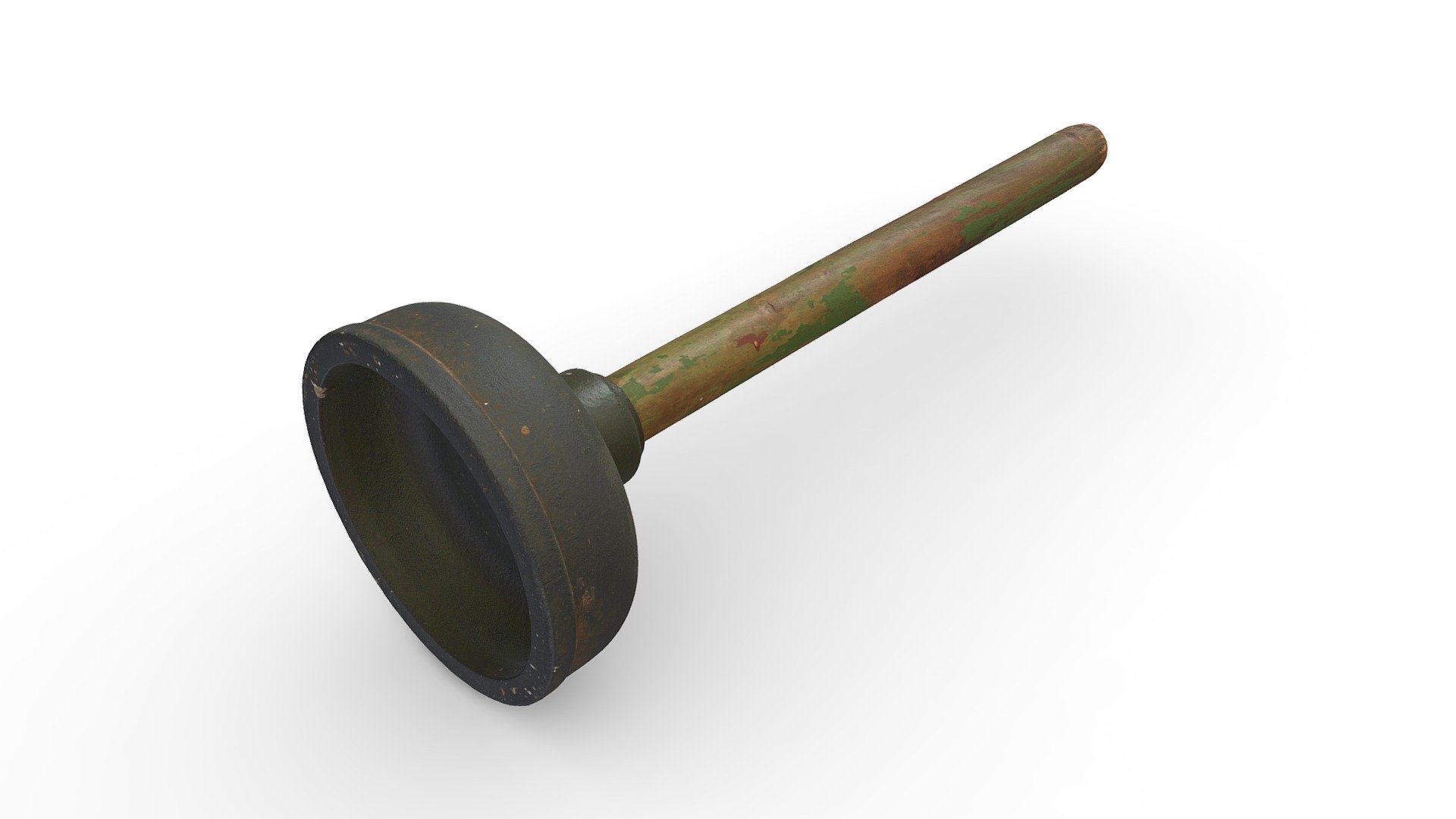

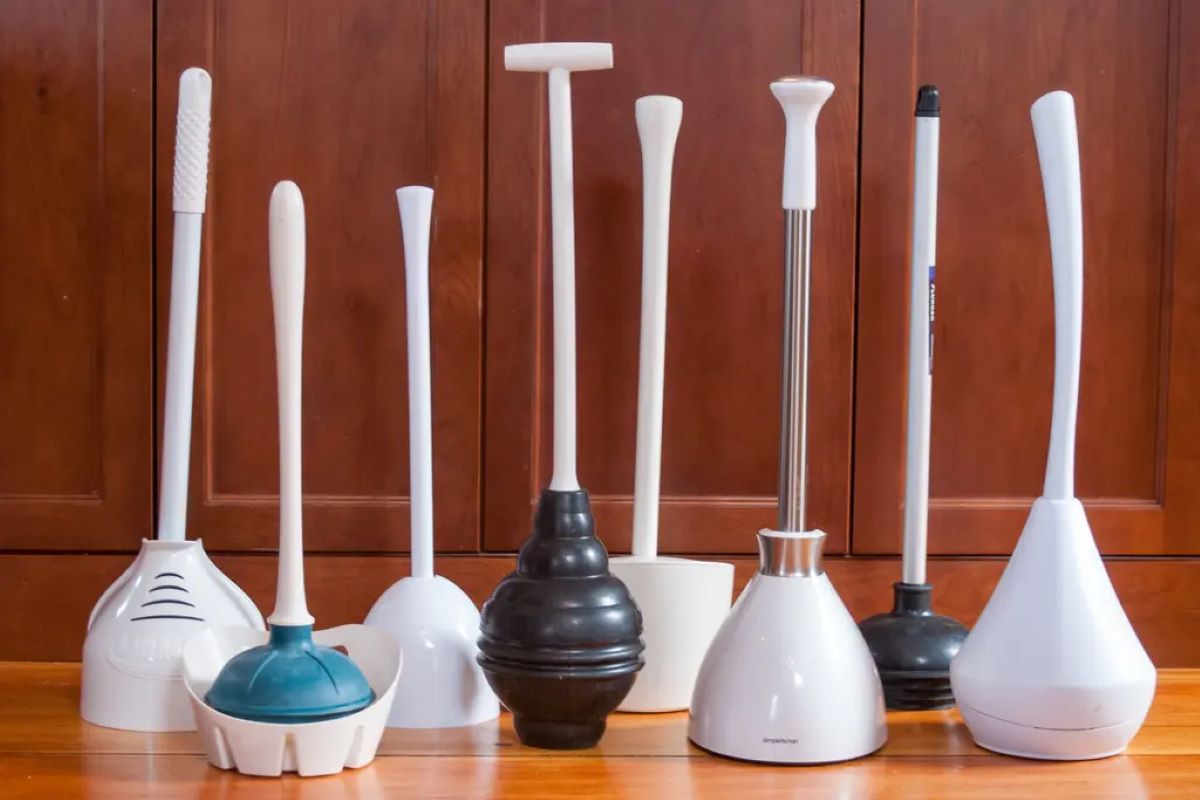

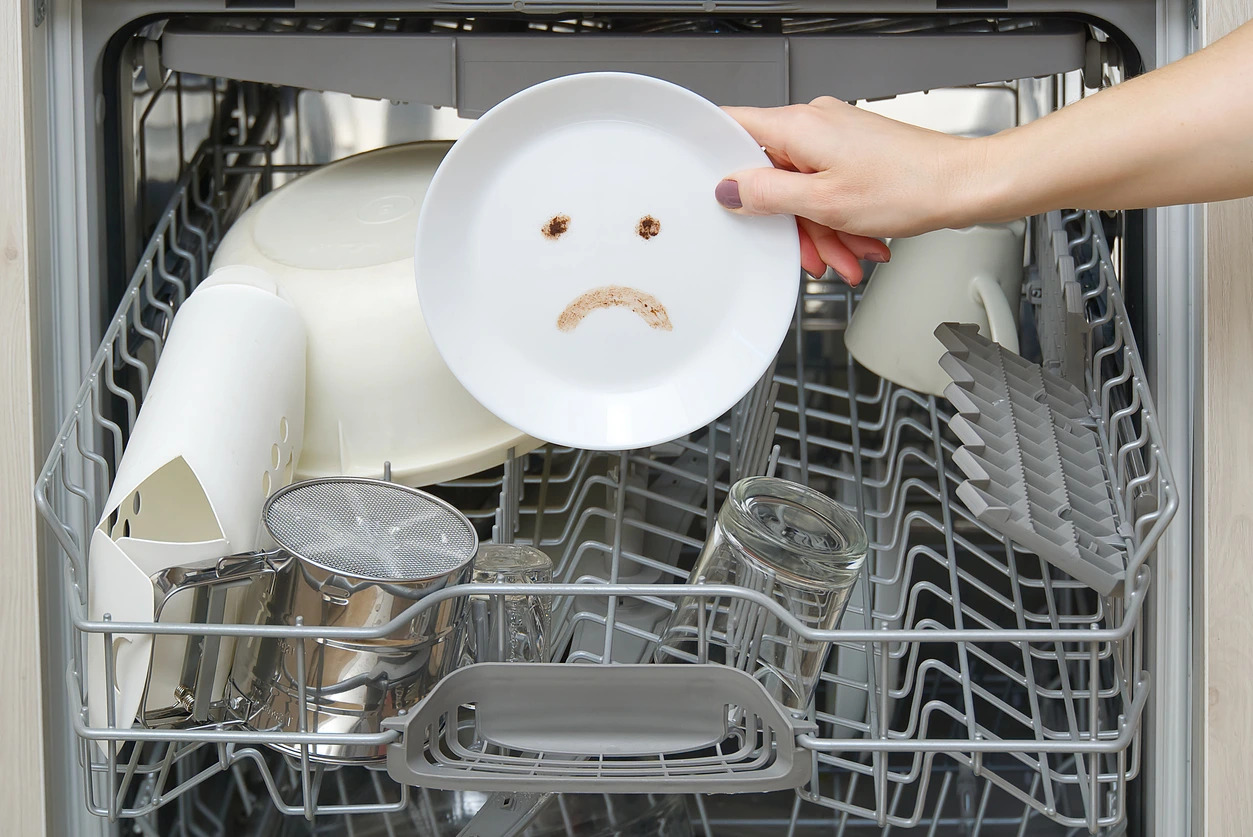



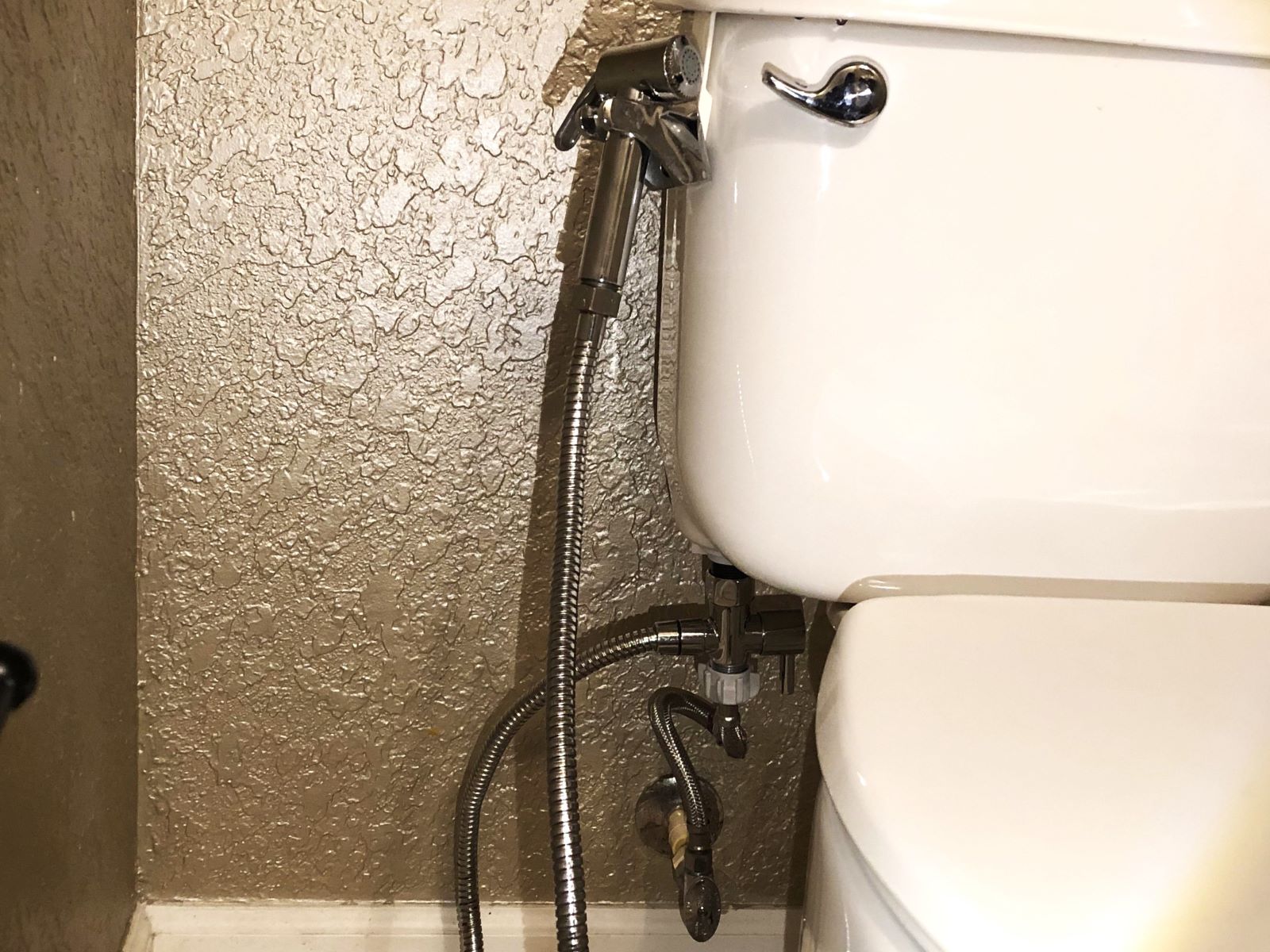
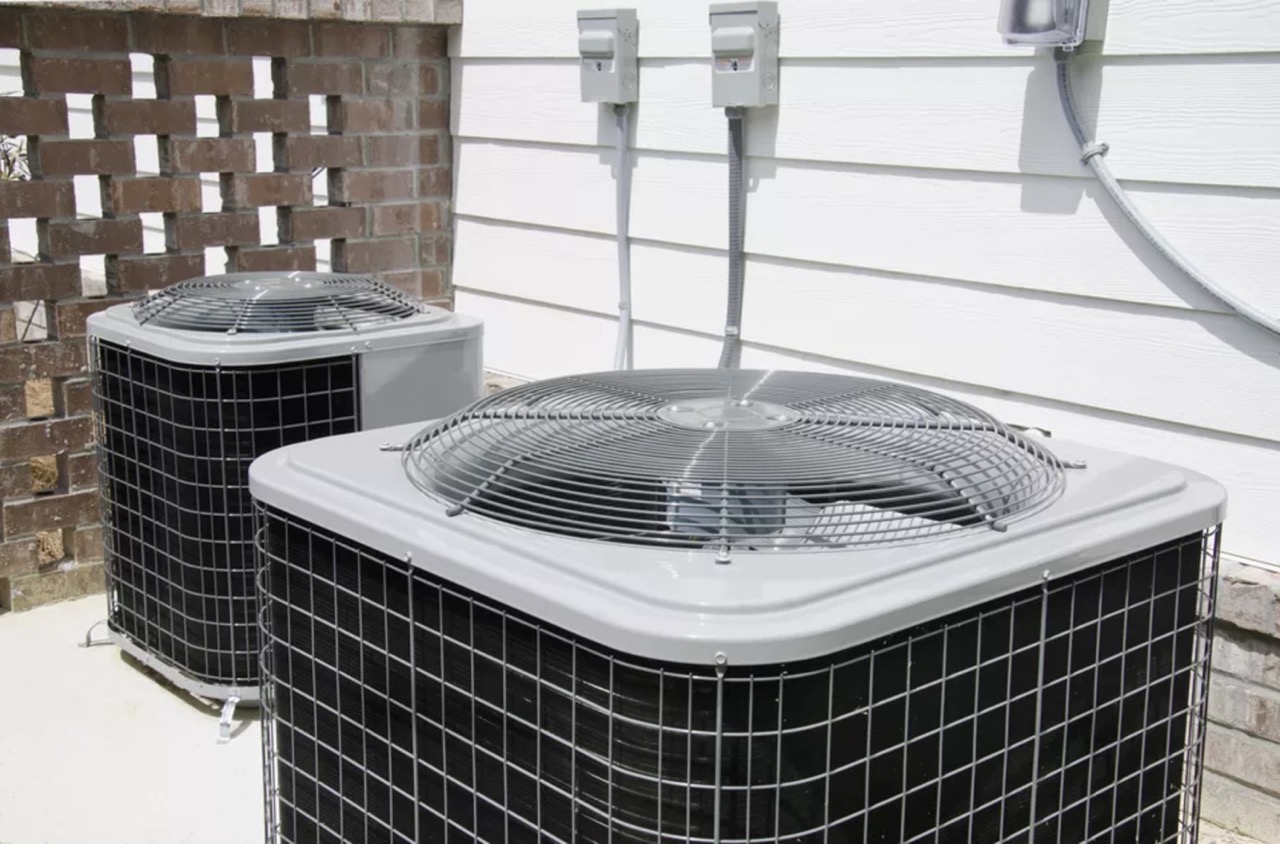

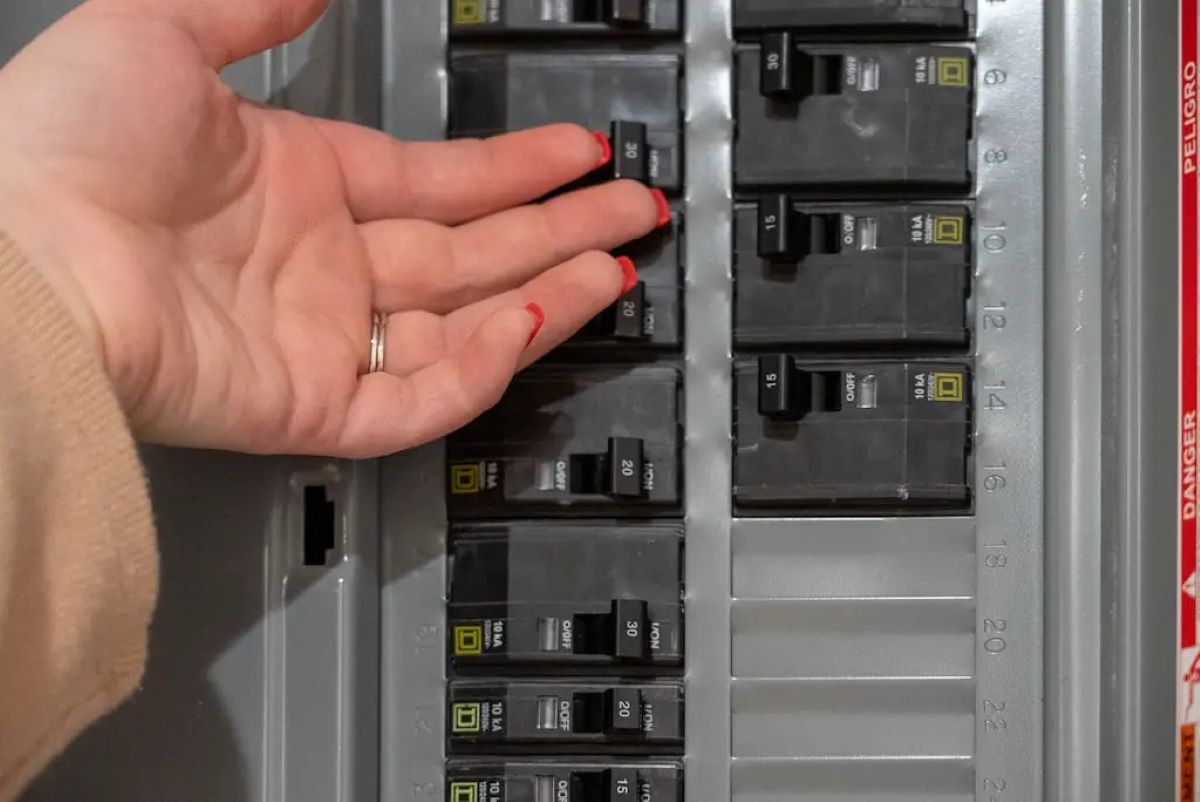
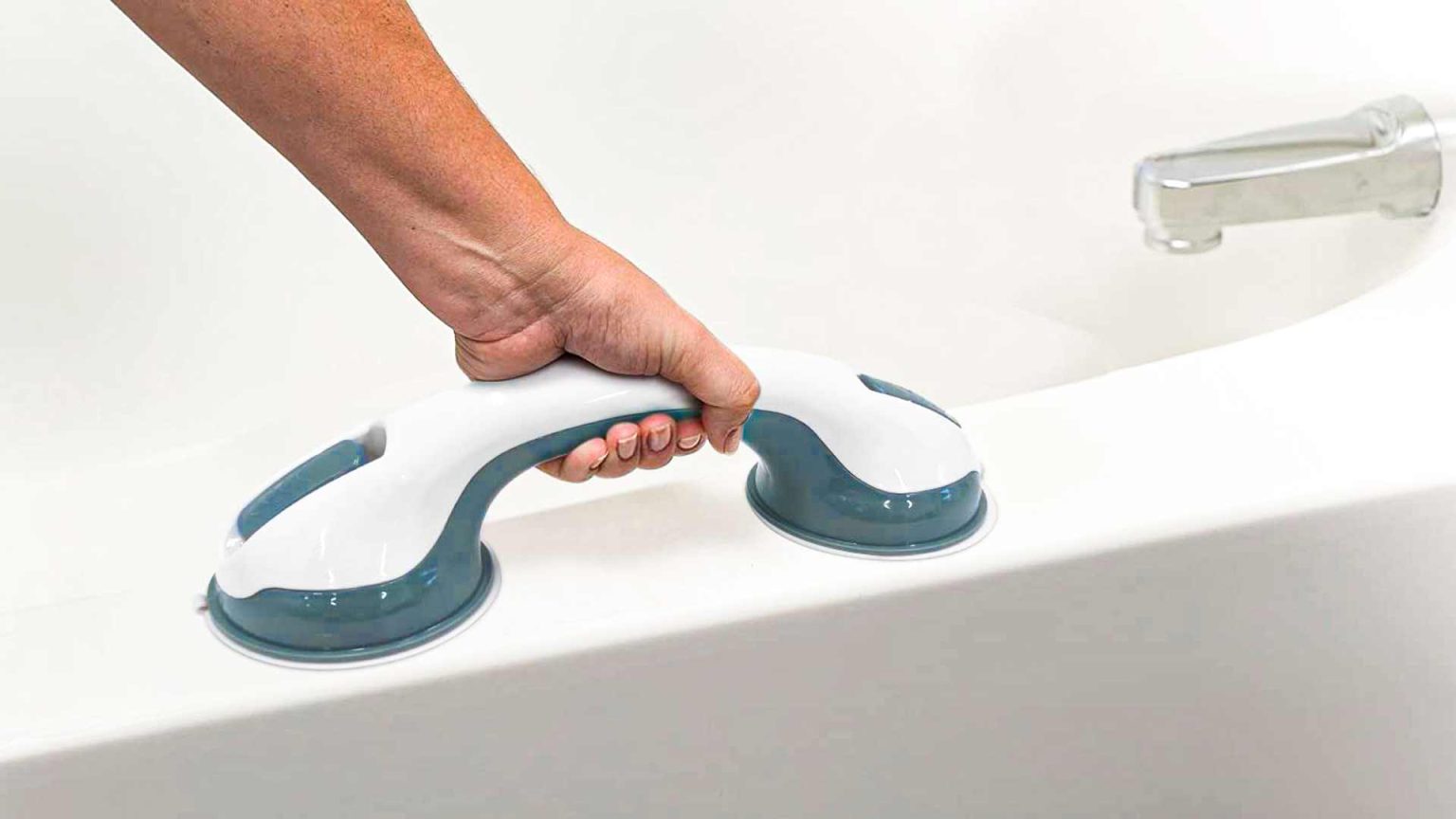
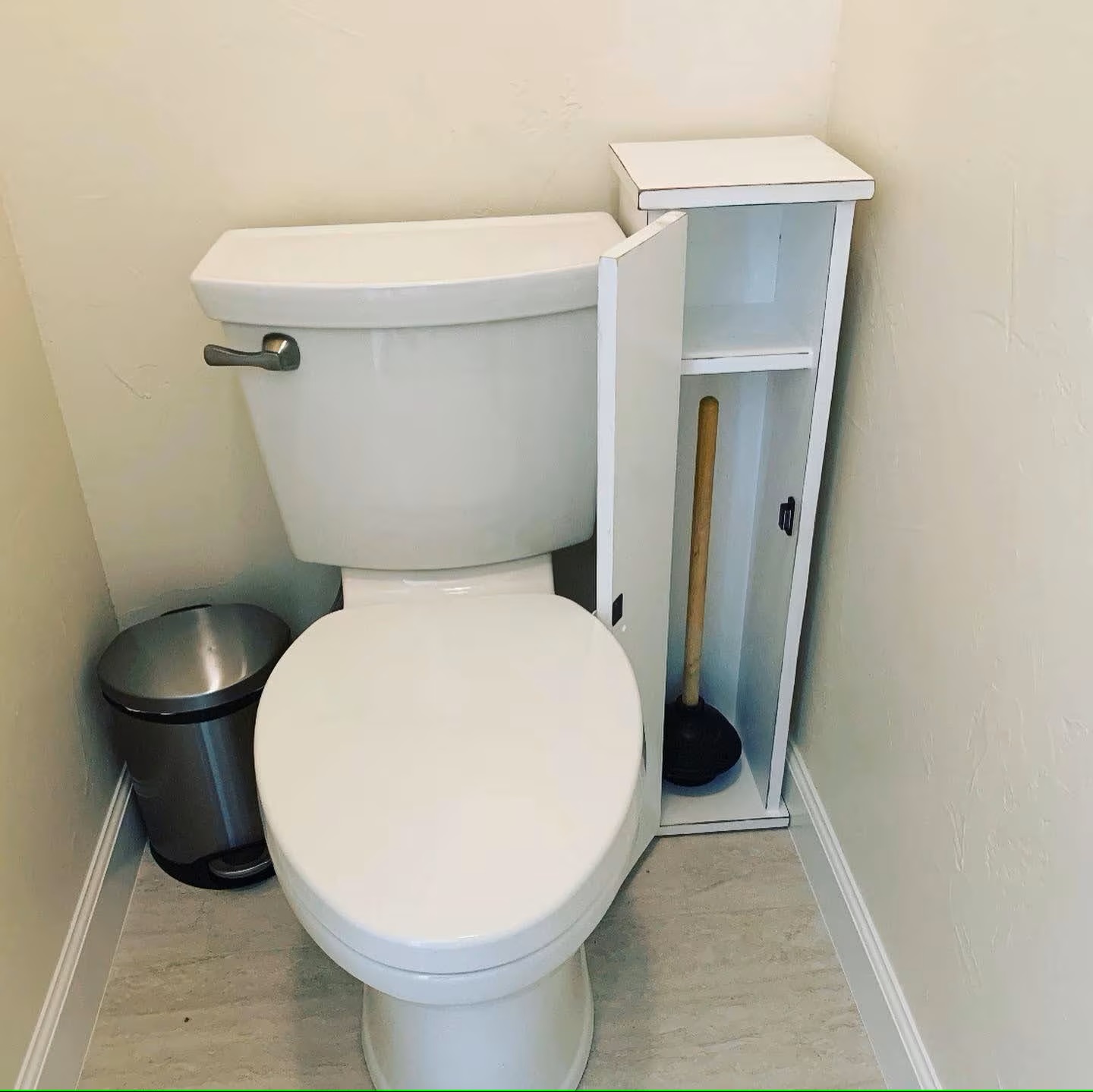
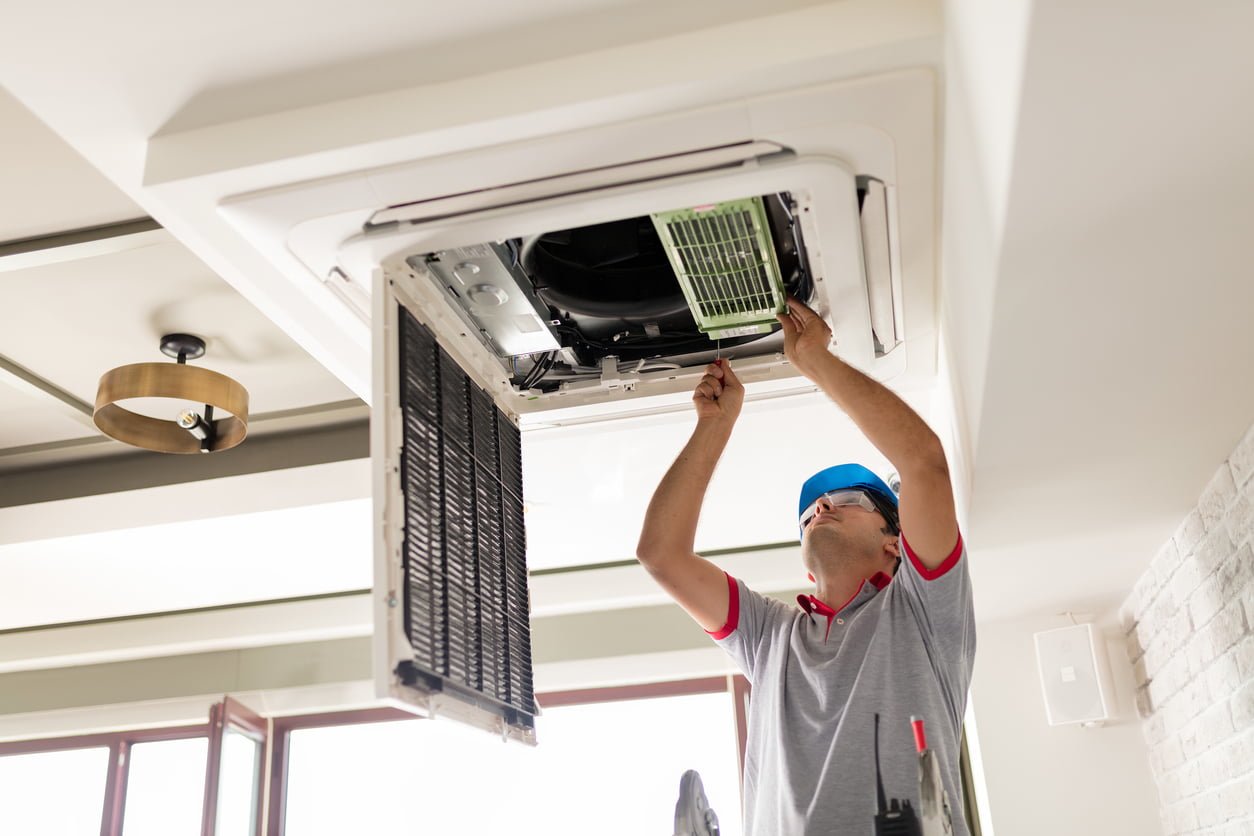

0 thoughts on “Why Is My Plunger Not Suctioning”